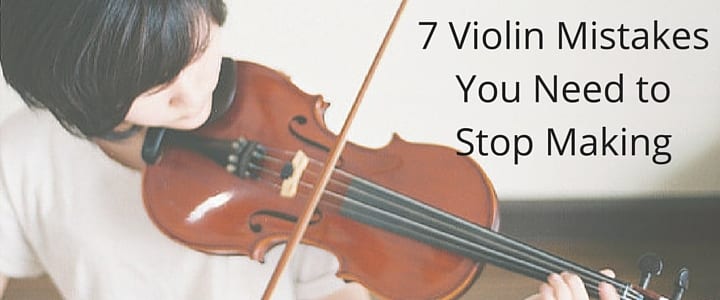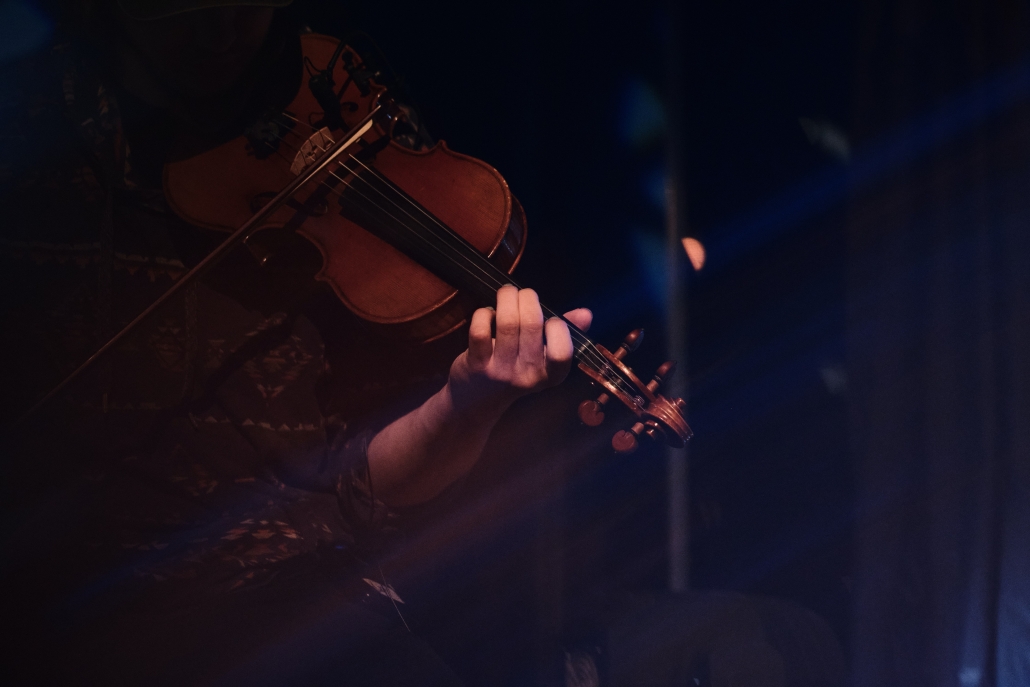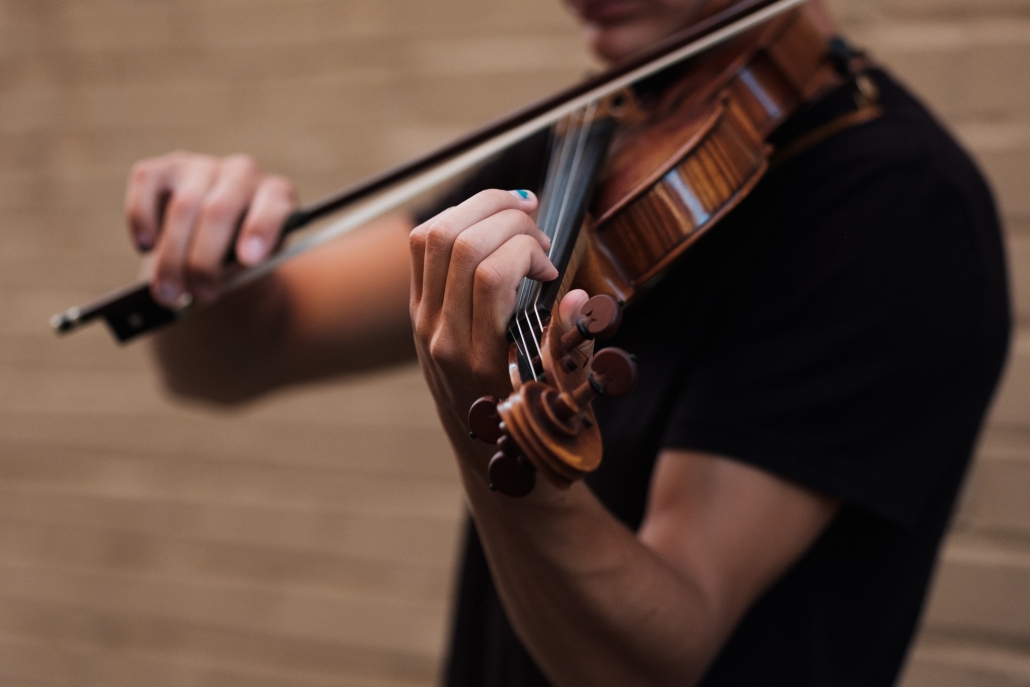
Any time you learn a new skill, you will probably make some mistakes when you’re starting out. Making mistakes is a natural part of the learning process, but be careful not to let an error become a habit. For violinists, this is especially important, as each skill and new piece of music that you learn will build upon the things you have just learned.
These 10 common violin mistakes might be holding you back from reaching your full potential as a musician. Whether you are a beginner or you have been playing the violin for a while, make a vow to ban these bad habits from your practice.
What Should You Not Do With a Violin?
As you’re learning how to play the violin, avoid these common beginner violin mistakes:
- Playing with a limp wrist
- Not perfecting your bowing technique
- Failing to tune the violin properly
- Ignoring your elbow positioning
- Not perfecting the first finger notes
- Failing to rosin the bow
- Playing a violin that’s the wrong size
- Playing with poor posture
If you take violin lessons with an instructor, they’ll be able to identify these and any other mistakes you might be making.
Here are some more things you should never do with your violin:
Top 10 Violin Mistakes
Here are some violin common mistakes you might make – as well as some tips on how to avoid them.
1. Limp Wrist
One of the most common violin left hand mistakes? The infamous collapsing wrist.
Don’t allow your left wrist to collapse or bend. Maintaining the correct wrist position will help your left-hand fingers reach notes easily and without strain.
2. Bow Blunders
Do notes sound choppier than they should? If your violin sounds rough, you might want to look at how you’re bowing. Don’t “attack” the strings with your bow. Instead, place your bow and then draw it evenly across the strings.
This will produce a more fluid, musical tone. Add bowing exercises to your practice time so you can master the motions you need in order to get great tone from your instrument.
3. Tune Up
An instrument that’s out of tune is like a broken clock; it might be right twice a day, but it would work even better if you fixed it.
Each time you practice, make sure your violin is in tune. This will help you train your ear to hear the correct pitch, plus it makes your violin sound much better than allowing it to fall out of tune.
If you need help tuning your violin, check out this step-by-step guide.
4. Elbow Room
Many violinists tend to fatigue as they play, and the left elbow creeps closer to the body. You should be holding your elbow away from you so the violin is the proper position. If your arm gets tired, take a break and focus your practice sessions on building the strength you need to hold your violin correctly.
If your arm gets tired, take a break and focus your practice sessions on building the strength you need to hold your violin correctly.
Also, check out these tips for how you can play violin pain free.
5. First-Finger Blues
Always be sure to place your first finger on the correct note, as if this note is out of tune it will bring the whole song off pitch. Think of your first finger notes as the foundation of the piece you are playing. Get the foundation in the right place, and the rest will come much easier.
Think of your first-finger notes as the foundation of the piece you’re playing. Get the foundation in the right place, and the rest will come much easier.
6. Rosin Up
Master the art of getting just the right amount of rosin on your bow. Not enough rosin and your violin will sound like a whisper, but apply too much and you’ll hear some scratchy, shrill sounds.
7. Size Matters
Are you playing the wrong size violin? Violins come in 9 different sizes. For most adults, a full-size violin should be just fine, but if you’re petite or if you’re looking for a violin for a child, there’s a variety of violin sizes for you to choose from.
Try out several in a local music shop to see what size instrument is most comfortable for you.
8. Poor Posture
Many violinists (and musicians in general, for that matter) tend to get tired as they play. If you slouch and don’t hold your violin properly, you’ll not only get tired faster, but find the quality of your music suffering, too. Your neck, shoulders, and back play a valuable role in your music. Good posture is essential to learning the violin and playing without pain.
9. No Warm-Up
Always warm-up! Playing the violin might not be a super physical exercise like, say, playing basketball, but it still requires a fair amount of physical exertion. You need to do some warm-ups so you can practice or perform effectively.
10. Failing to Take Breaks
We get it-you’re excited to learn how to play the violin and you want to play during all of your free time! While it’s great to commit time to your practice routine (we recommend at least 30 minutes per day, five days a week, for beginners), you don’t want to overdo it. Take breaks in those 30 minutes and spread your practice sessions out. Pace yourself so you don’t get burned out!
What Makes Violin Difficult?
The violin isn’t the most difficult instrument you can play, but it’s not the easiest, either. Most beginners express some difficulty with learning how to execute the bow strokes precisely. It can be tough to control the angle and pressure of the bow.
Of course, making any of the violin mistakes described above can turn the process of learning how to play the violin into a monumental task, too. Being aware of these violin beginner mistakes is the first thing you should do to prevent making them.
Signing up for violin lessons and working with an instructor is the best thing you can do, since they’ll be able to pinpoint any errors you might be making – and tell you what to do to fix them.
Take heart! Given time and practice, you’ll be able to play the violin like a pro.
Megan L.



